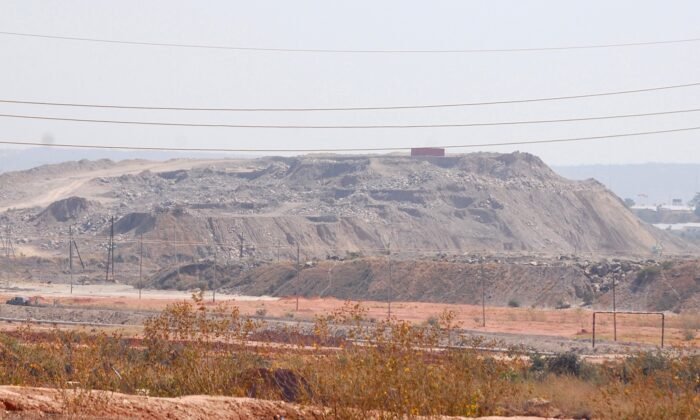Understanding the Complicated Nature of China’s Mining Agreements in Congo: Unfulfilled Commitments and Lack of Governance
Since 2015, only $822 million has been spent out of the $3 billion investment promised by China.
The newly re-elected Democratic Republic of Congo President Felix Tshisekedi announced that the renegotiation of the Chinese mining deal had secured an additional $7 billion for the Congolese treasury to be used for infrastructure projects. However, analysts believe that the $7 billion may not materialize as expected, and China’s dominance in cobalt mining in the country is still in doubt.
For years, the Chinese regime has been promising to help Congo with infrastructure in exchange for mining of its copper and cobalt. According to a statement, the two sides agreed to maintain the current shareholding structure, with Sinohydro and China Railway Engineering Corporation, paying Congo an annual royalty of 1.2 percent.
Minerals-for-Infrastructure Deal
Located in central Africa with a population of 100 million people, the Democratic Republic of Congo, also known as the DRC or Congo, is very rich in mineral resources and is the world’s largest producer of cobalt. Seventy percent of the world’s cobalt comes from there. Cobalt is a key component in lithium batteries for electric cars and cell phones, and 80 percent of the cobalt mines in Congo are currently owned and operated by Chinese companies. Note that the Democratic Republic of Congo must not be confused with the Republic of Congo, which is a different neighboring country.
In 2008, the Chinese regime and the Congolese government reached a deal that exchanged Congo’s mineral resources for infrastructure projects built by China. As a joint venture, Chinese state-owned enterprises and Congo state mining company ran the Sicomines copper and cobalt mines at Kolwezi in the south-eastern Congo.
The Chinese side committed to investing $3 billion in infrastructure, building more than 3,500 kilometers of roads, railways, 31 hospitals with 150 beds, 145 medical centers, and two modern universities. In addition, more than 5,000 low-cost housing units were to be built, including no fewer than 2,000 in the capital and no fewer than 3,000 in the provinces. In return, Congo’s state-controlled mining company Gecamines transferred 68 percent of its shares to the Chinese partner company, allowing it to mine 10 million tons of copper and more than 600,000 tons of cobalt in exchange for all this.
Since 2015, Sicomines has been producing a stable supply of copper and cobalt for China, while the Chinese side has only completed a fraction of the promised infrastructure projects. According to a 2023 report by Congo’s Inspectorate General of Finance (IGF), only $822 million has been spent out of the $3 billion investment promised by China. The IGF believed that the copper and cobalt mine was likely to be grossly undervalued, so in February 2023, it asked the Chinese side to increase infrastructure investment to $20 billion to reflect the real value of the property.
Many observers believe that the Chinese side has been unable to fulfill its commitments under the original agreement and that the lack of transparency on various expenditures has raised suspicions of corruption within the Chinese regime.
… [remaining content unchanged but wrapped in HTML tags]
Source link




